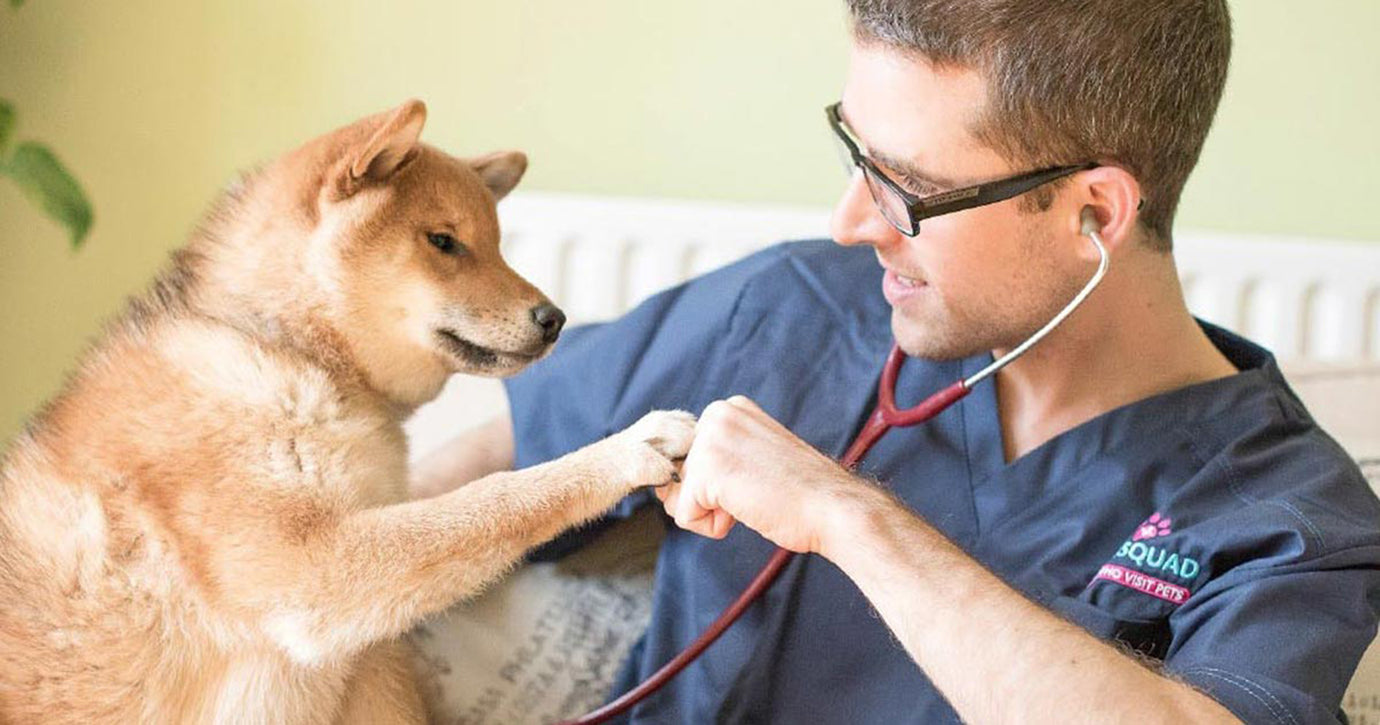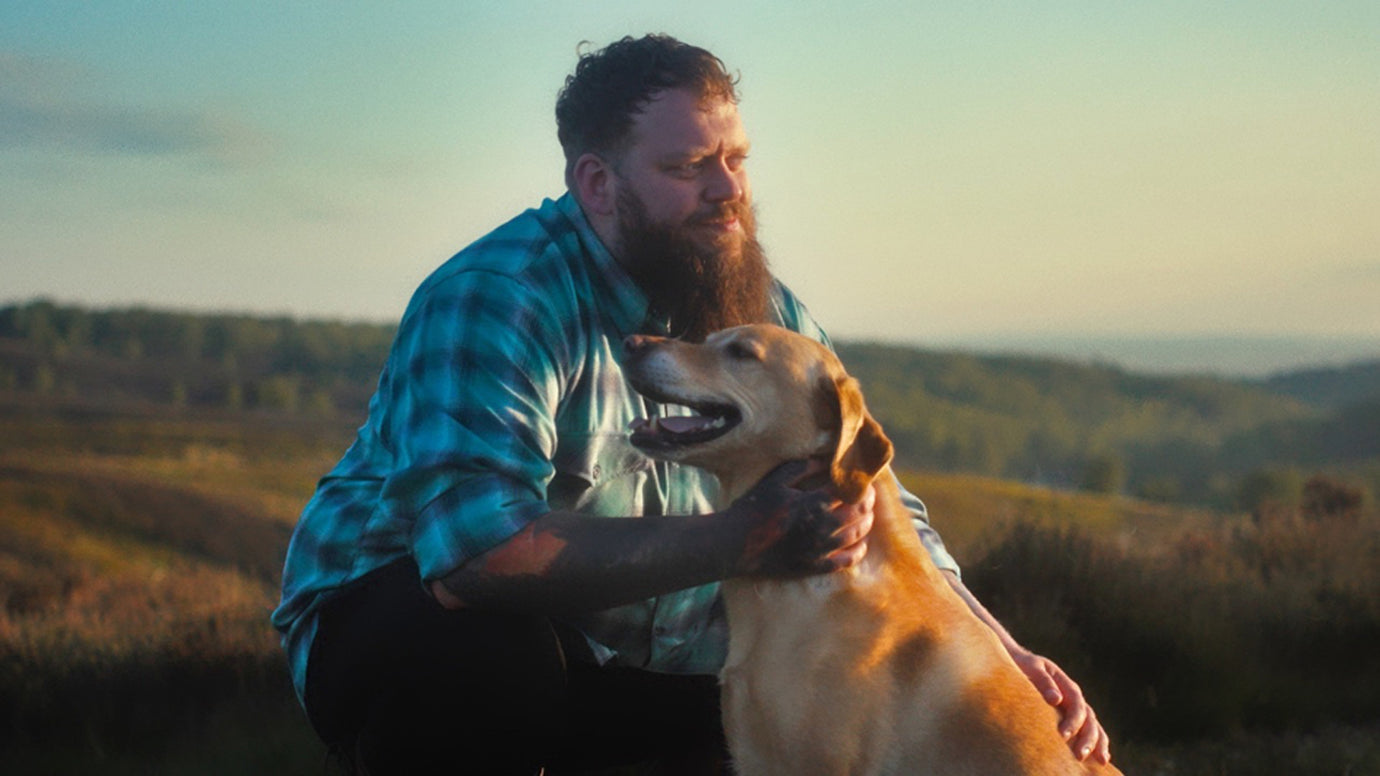Randy rabbits! Can you tell when your female rabbit is in heat?

The phrase “breeding like rabbits” came into being for a good reason – rabbits are certainly prolific when it comes to producing offspring, and generally the challenge for rabbit owners is to keep their rabbits from producing ever-increasing numbers of additional rabbits, rather than trying to plan a mating match!
Unless you own a good quality pedigree doe that you have a plan to breed to an equally good quality and well-matched buck, the responsible choice for rabbit owners is to have your pets neutered, to negate the risk of unplanned litters if your doe spends time with a buck, or gets out of their pen and meets up with a wild male!
If you do not neuter your rabbits, you will of course have to be very careful about keeping males and females well apart, and even if you do this, un-neutered females will often fight with each other, making neutering a much more appropriate and kind decision.
However, if you do own an un-neutered doe for whatever reason – perhaps you plan to breed from her, or have a young doe that has not undergone her first heat cycle and the onset of sexual maturity-or you might have adopted or rescued an un-neutered female and not gotten around to it yet-you will likely need to know when she will come into heat, and how to tell.
In this article, we will look at how to tell when your female rabbit is in heat or fertile, how long this lasts for, and the heat and fertility cycle of rabbits itself. Read on to learn more.
The fertility cycle of the doe
Sexually mature female rabbits spend more time fertile than infertile, and so assuming that your doe is not already neutered or pregnant, she is probably fertile most of the time! The fertility cycle of the female rabbit lasts for around sixteen days, and she will be fertile for around fourteen of them, which means that she will usually be receptive to mating.
Additionally, rabbits have a high rate of success when it comes to conception, and a fertile doe placed with an un-neutered buck will usually achieve conception quickly, without the need to mate repeatedly.
Once a doe falls pregnant, the period of gestation is around a calendar month, and she will be fertile and able to conceive again within just a few days of delivering her litter-although a breeding doe should not be mated again so soon.
Rabbits do not have a heat cycle in the traditional sense
So, when in the doe’s fertility cycle is she in heat, if she is fertile for around fourteen out of sixteen days? Well, rabbits do not have a heat cycle in the traditional sense, or in the way that we associate with most four-legged mammals.
In most mammals, a female is considered to be in heat when she is in oestrus-when she ovulates and has released a viable egg for fertilization by a male. However, the female rabbit’s physiology works differently, and instead of mating because she has ovulated, the rabbit mates first, and the mating itself triggers the release of a viable egg, triggering oestrus, rather than the other way around. This reversal of the normal process is why a doe is considered to be fertile for fourteen days of the sixteen-day fertility cycle.
How to tell when your rabbit is receptive to breeding
As mentioned, rabbits are receptive to breeding and able to trigger the necessary release of an egg on all but a couple of days of their fertility cycle, and so a simple answer would be to say that your female rabbit is receptive to breeding and capable of conceiving most of the time once she reaches sexual maturity.
However, if you are looking for signs that your doe has reached sexual maturity so that she can be spayed, or to know when to remove her from the presence of males or to make sure she will be receptive to breeding, there are a range of physical signs that can tell you.
The age at which a doe reaches sexual maturity can vary depending on breed-very small breeds become sexually mature by three and a half to four months old, average-sized breeds a little later, and very large and giant breeds like the British Giant may be anywhere from six to nine months old!
However, to definitively identify a doe that is receptive to breeding and capable of conception (and so by design, sexually mature) you will have to take a look at their rear end.
Lift your rabbit up and take a look at her vulva-if it is a very dark pink or red and moist or slick in appearance, she is likely to be fertile. However, if the vulva is pale in colour and dry, she is either not sexually mature or not in the fertile phase of her fertility cycle.
Interesting facts about rabbits
Rabbits come in all shapes, colours and sizes. There are also many, many breeds. In fact, there are over 150 recognised rabbit breeds throughout the world and many have become popular to keep as pets, both indoors and out. For the last few decades, rabbits have taken a higher spot as best animals to keep as pets and there’s a very good reason why – they are clever, friendly and a lot of fun to have around. Below are a few good reasons why keeping a rabbit is a thoroughly enjoyable experience that will
change your mind abut these lovely creatures forever.
Interesting facts about rabbits everyone needs to know:
• Domestic rabbits today are descendants of the European rabbit
• Male rabbits are called ‘bucks’
• Females are called ‘does’
• Baby rabbits are called ‘kittens’ or ‘kits’ for short.
• A few breeds can reproduce very early – as young as 3 months old
• The gestation period for rabbits is just around 30 days
• Babies from the same mother are called a “litter”
• Baby rabbits (kittens) are born without any fur
• Domestic rabbit kittens are born with their eyes shut
• The largest litter of kittens born is recorded at being a total 24 of kittens!
• Rabbit’s teeth grow continually throughout their lives
• The purring sound you hear that rabbits make is actually them grinding their teeth
• Rabbits sweat when they are too hot through the pads on their feet
• Rabbits cannot be sick – which is why hairballs can be a big problem for them
• A rabbit’s backbone is incredibly fragile – which is why they need to be handled very gently and never be dropped on their backs
• Rabbits have 5 toe nails on their front two paws and 4 on their back feet – which makes a total of 18 toe nails!
• Bunnies are usually more active first thing in the morning and then during the evening too!
• The longest ears to be recorded stand at a whopping 31.125 inches
• The heaviest rabbit in the world is Darius – he weighs an amazing 50lbs!
• When it comes to eyesight – rabbits are near sighted
• Rabbits have become the third most popular pet to keep in the UK – after cats and dogs
(Article source: Pets 4 Homes)





